Adport is currently one of the main independent self-serve ad networks out there. Powered by Kimia Group, they offer creative monetization solutions for publishers and high-quality traffic to advertisers.
Thanks to its many ad formats, easy onboarding, intuitive platform, and high revenue shares, it’s growing fast and quickly becoming an interesting alternative to Google Adsense.
In this article we’ll show you how Adport works, detail how its features can be used for creative marketing, dive into their publisher’s platform, and briefly compare it to Adsense.
Registering as a publisher at Adport
Adport’s onboarding process is really simple and fast, it is also free of charge. Both registration and use of the platform are fee-free.
You just have to register on their page, where we’ll be redirected to fill in a detailed form. The account gets approved in less than 24 hours and they don’t place any kind of niche or audience restrictions on publishers.
Even if you have more than one website or blog, you only need to register once and, inside the platform, you can add all of your webs.
Also, they have a personalized support team on standby to help at any point – that comes especially handy when we want to start placing ads on our website. And it’s worth mentioning, as well, that Adport has a series of anti-fraud manual and automated tools to filter out bots and ensure that the ad units you choose to place are safe for your audience.
Start monetizing with Adport
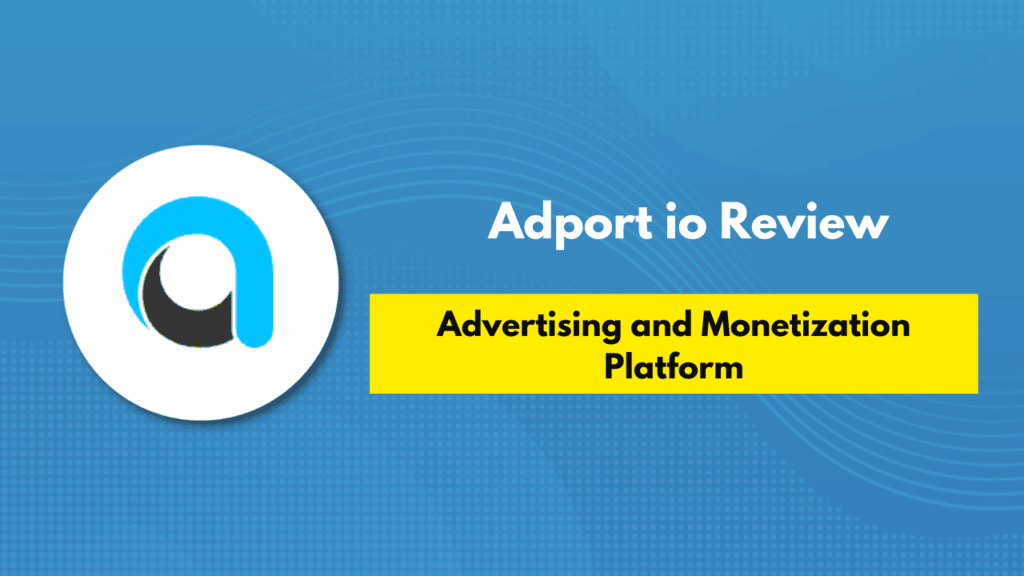
So once the account gets approved, we have access to the publisher’s platform and we can start adding ad units at the “Sites” tab. Adport has 6 ad formats currently available:
We’ll get into them later.
In the platform, we can also check our statistics to analyze our results. A cool thing about Adport is that we can apply a series of filters for more detailed performance analysis.
For example, we can pick the date, the country, the site we want to look at, browser type, etc. We can even choose just one of our ad units or one of our formats to see how well each ad format is performing – to adjust our strategy.
The data is represented in a chart and in a table that Adport lets us download for future reference, all of which is in line with their whole business philosophy: transparency. In practice, that means publishers are completely in control of their monetization and have full visibility over all operations
If you have any doubts about navigating their platform, you can contact their support team or check out their YouTube channel, where they offer a tutorial on how to use it.
Adport’s ad formats for creative marketing
As we mentioned previously, Adport currently offers 6 ad formats, all ideal for creative marketing so your web can stand out and you can easily increase your revenue.
We can split Adport’s ad formats into two groups: one of the aggressive formats and the other soft formats. Let’s check them out:
- Aggressive ad formats: These formats are ideal if you want to be bold and ensure interaction between your audience and the ad units you place on your site.
- Pop-unders: on the softer side of “aggressiveness”, these ads appear on an entirely new tab when the user clicks on an object on the site. They are impactful enough, because they open in a new tab, but don’t disrupt the user’s experience. They are great for webs that offer downloadable content, video streaming, viral content, surveys, and online quizzes.
- Smart links: these are also a little bit softer since they also open on a new tab when clicked on by the user. They are discrete and can be placed wherever you want. When interacted with, they will redirect the user to the best offer for them. Therefore, this ad format is ideal if in your blog you talk about a lot of different subjects.
- Interstitials: interstitials are overlay full-screen, or almost full-screen, ads that appear in natural transition points on your website. These definitely generate a lot of impact. If your viewers spend a long time browsing your site and are sure to scroll down, which is usually the case for news websites, entertainment, and gaming blogs, definitely bet on them!
- Soft ad formats: If you’d rather go for a more subtle strategy, choose ad formats that will blend with your content. Soft marketing will also buy you points with advertisers since they ensure a higher quality engagement and have higher conversion rates.
- Push notifications: the more “aggressive” ad format out of the three, these are notifications that ask for users’ consent to send browser notifications. They work best for news websites, of any kind, or sales blogs.
- In-page push notifications: similar to push notifications, these don’t require user prior consent and appear organically on your website. The cool thing about this ad format is that Adport allows you to customize it, picking between three different skins (classic, chat, and social) that will best suit your audience – for which reason they are extremely versatile and can fit almost any kind of website or blog.
- Rich Media: only available on mobile devices, these are dynamic displays that appear and stay at the bottom of the browser screen until interacted with. Adport offers four different displays (casket, puncher, spinner, tripod) that you can customize to catch the user’s eye. Because they are dynamic and only available for mobile, we recommend this to blogs whose audiences are younger and tend to access the website from their phones. Webs that talk about traveling, sports, beauty, and health have audiences that usually respond well to this ad format.
Adport encourages you to mix the two strategies, mixing and matching ad formats. Too many aggressive ad units can come off as annoying, while using only soft ad units, for example, might not be impactful enough and could hinder your chances of making money.
Adport’s publishers earn more!
A huge plus about Adport is that it offers up to 85% of revenue share and starts paying when you surpass a 50$ threshold. They are also constantly offering promos – which are usually disclosed in their social media or newsletter – that help publishers make even more money!
Also, it’s worth saying that you can track your payments also within Adport’s platform, in the “Payment” tab.
Are you a smaller blog? Adport was made for you!
Since Adport doesn’t have any niche or traffic restrictions, with a lower payment threshold it’s a more inclusive ad network, benefiting both bigger and smaller publishers.
Many bloggers who want to start making money gravitate towards Adsense, since it has the Google stamp, but the truth is it’s not very inclusive, doesn’t offer so many creative ad formats – or customization options for that matter -, has a lower revenue share and starts paying only when you reach a 100$ mark.
Also, Adsense’s niche restrictions make it very difficult to activate an account and easy for it to be later taken down, which is bad news if you want to monetize your web.
Conclusions
If you’re a bigger blog, join Adport and watch how your marketing strategies are suddenly worth more. If you’re a smaller blog and want to make money, with Adport it becomes possible.
We recommend that you try it out for yourself since registration is free and takes no time at all – there are no strings attached. If you’re in doubt, look at their social media pages (Instagram, Facebook, LinkedIn, and YouTube), where they share tips on how to monetize (and advertise), tutorials on their platform, promos, events, and more!

![7 Best AI Writing Software 2024 [#1 is Game Changer] 2 best ai writing software](https://rytespark.com/wp-content/uploads/best-ai-writing-software-768x432.png)
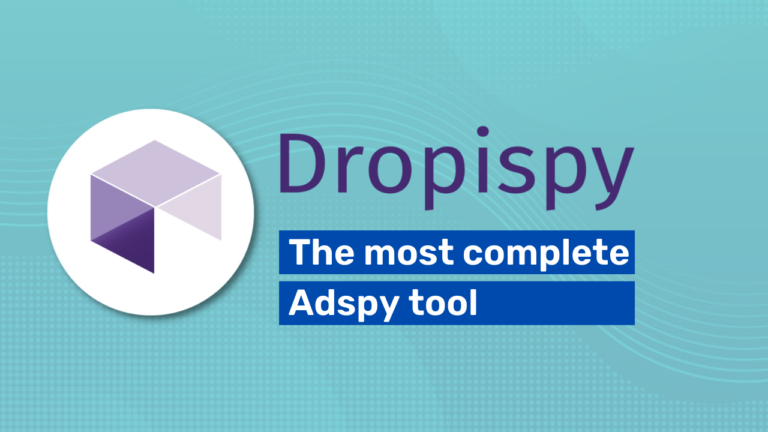
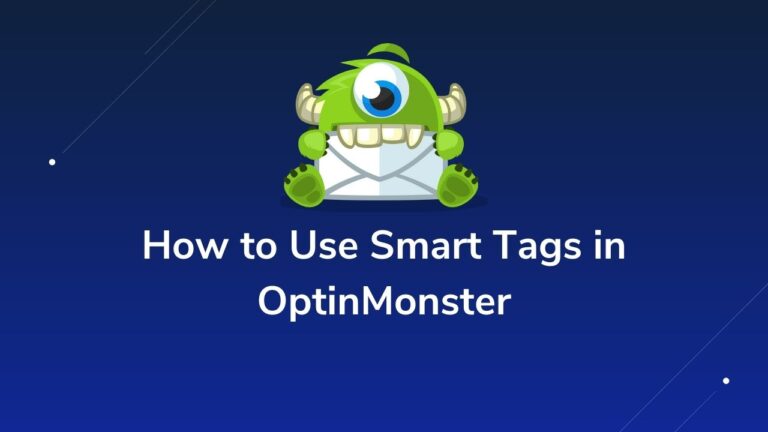
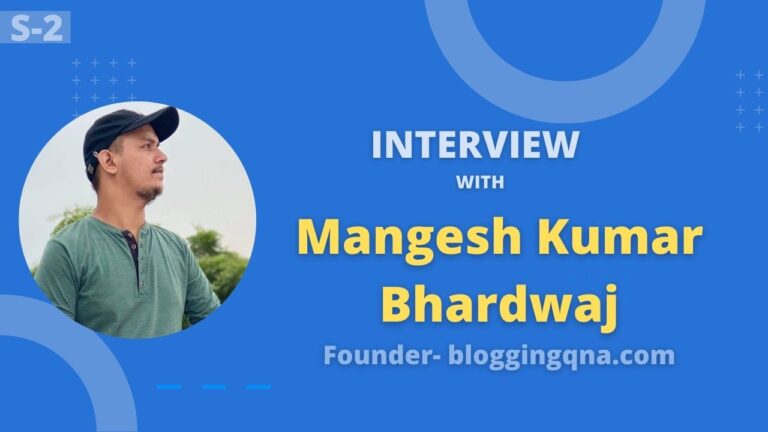
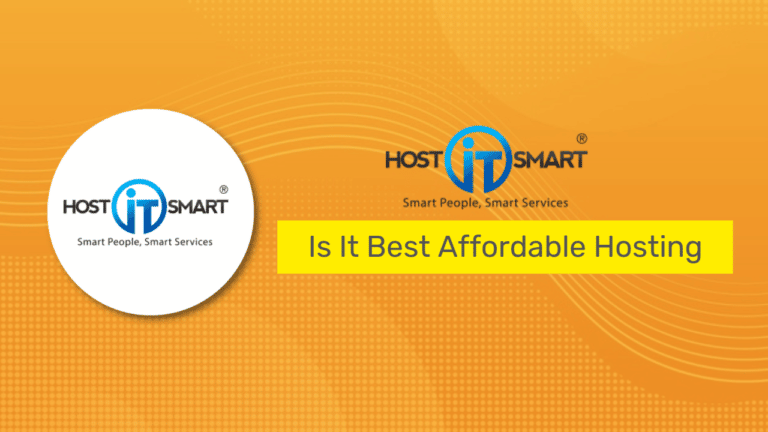
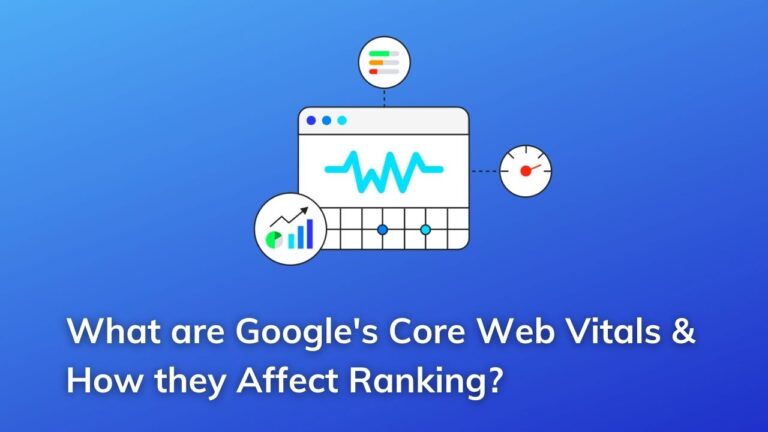
Adport is a really great monetization method for bloggers, Thanks Ayush for suggesting to us this kind of great product.
Thank You
Indrajeet